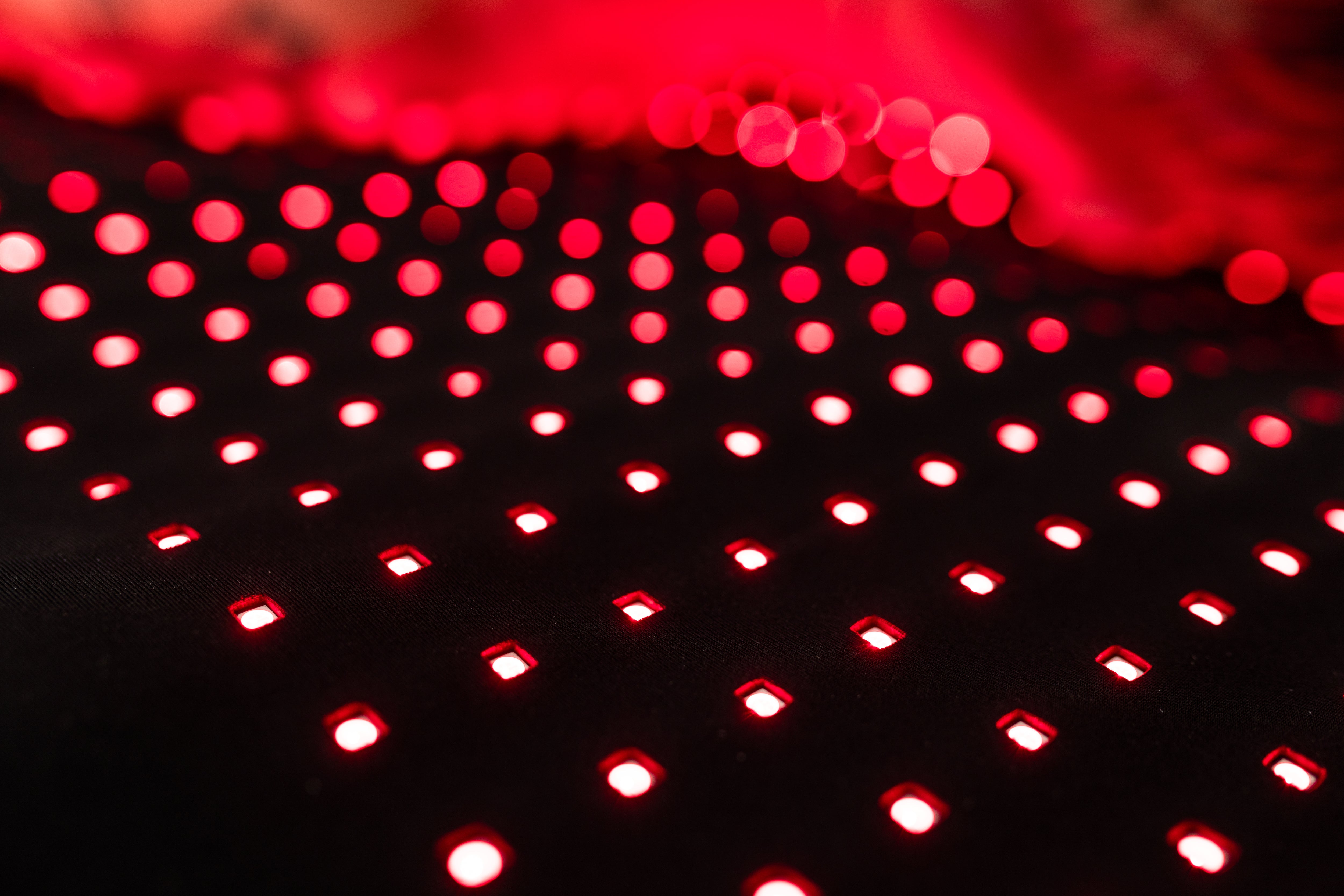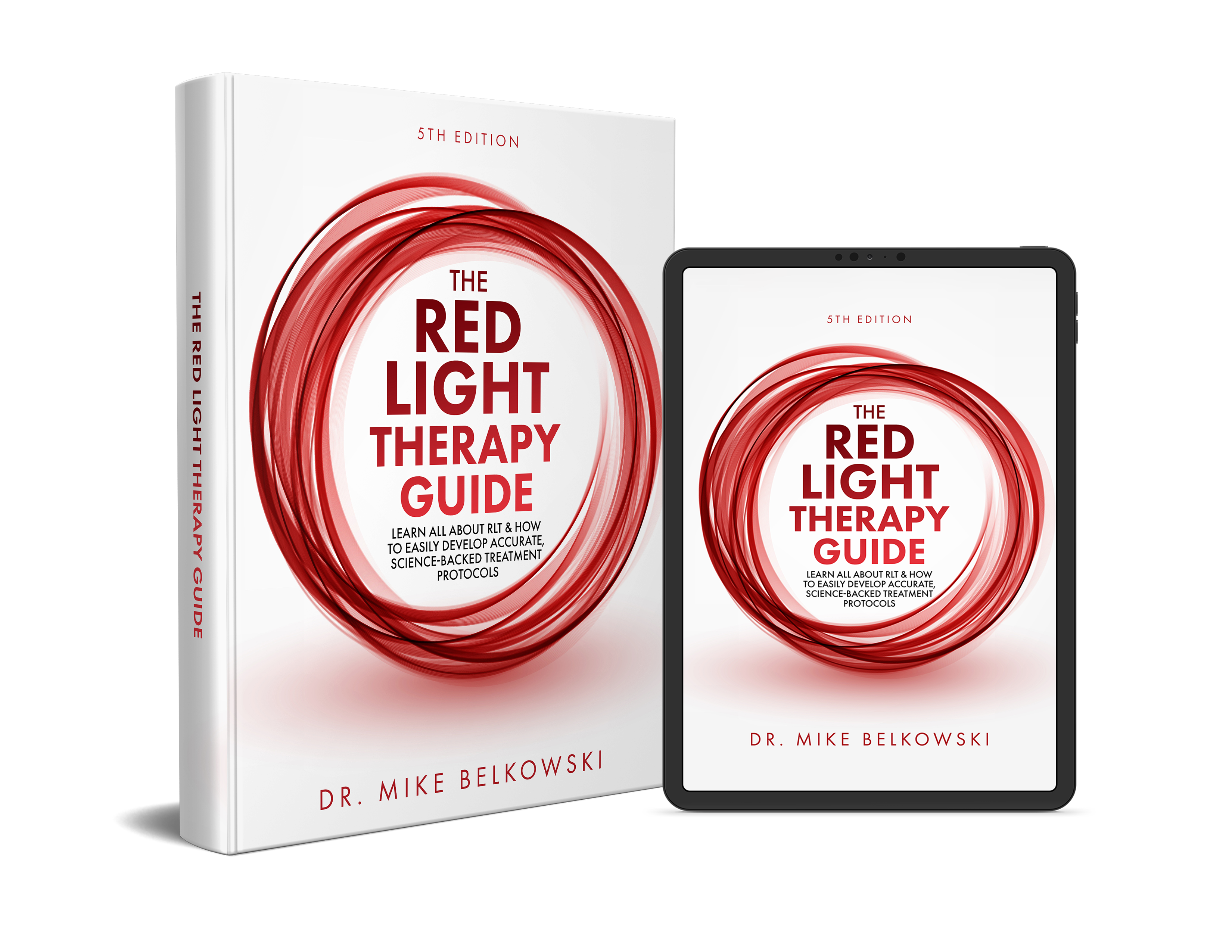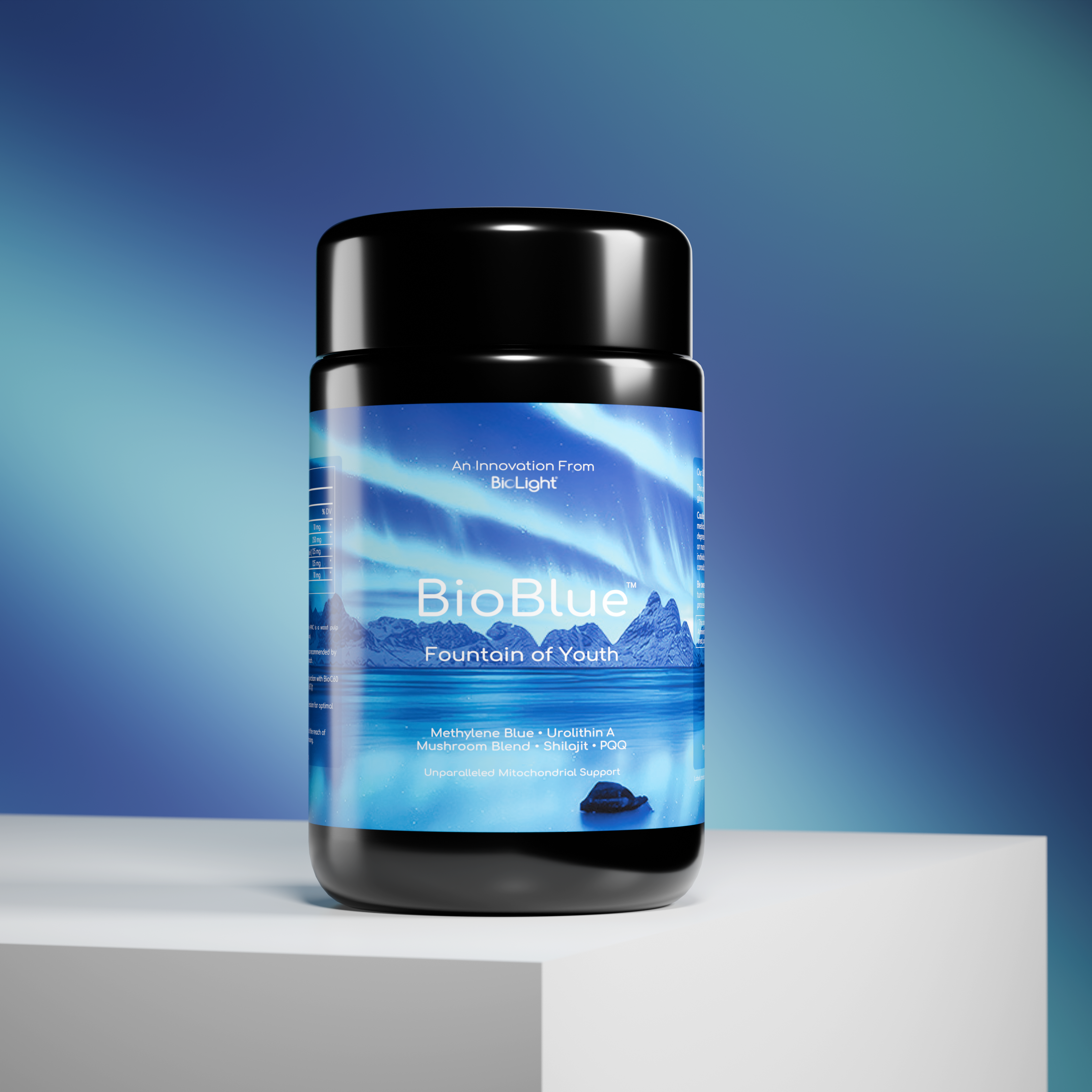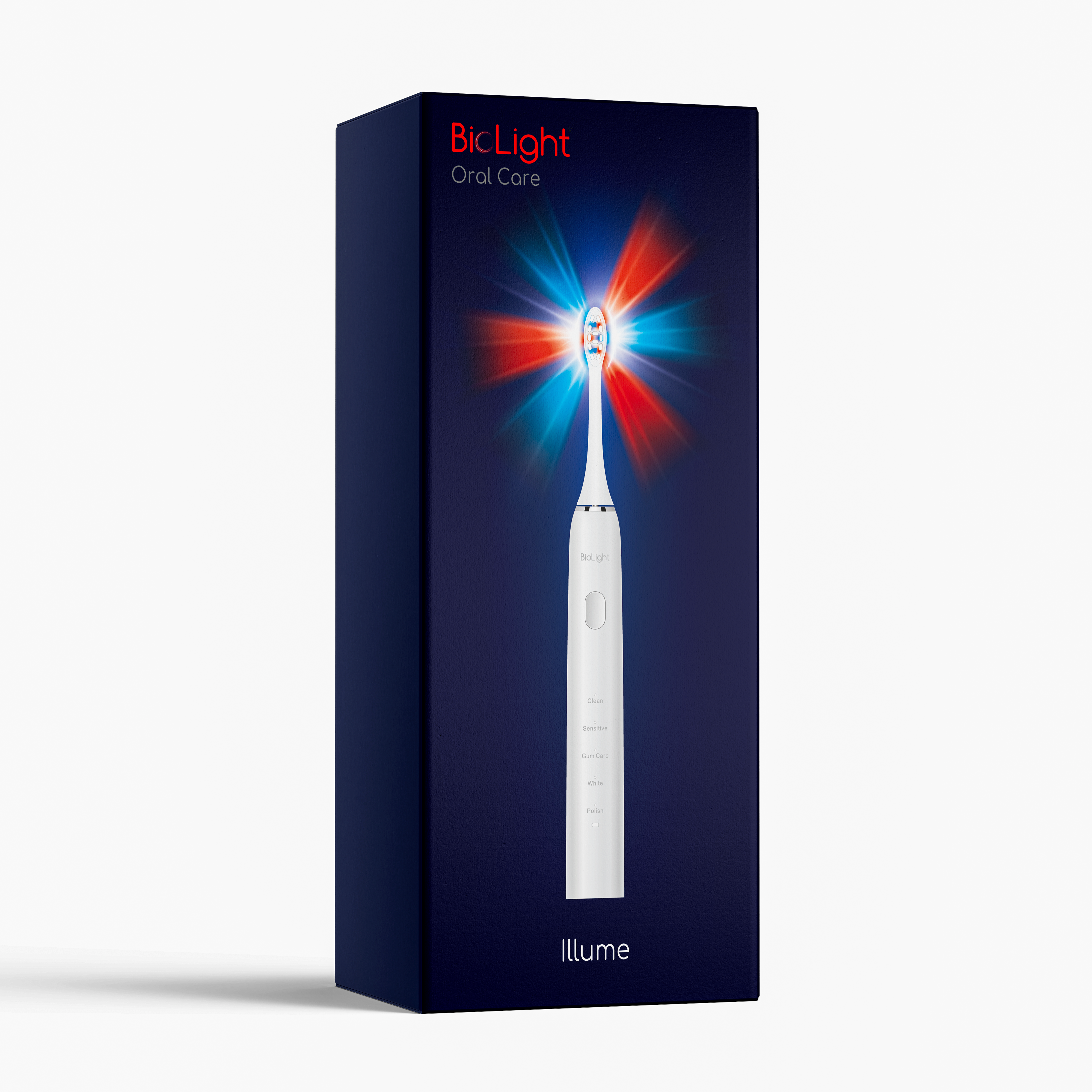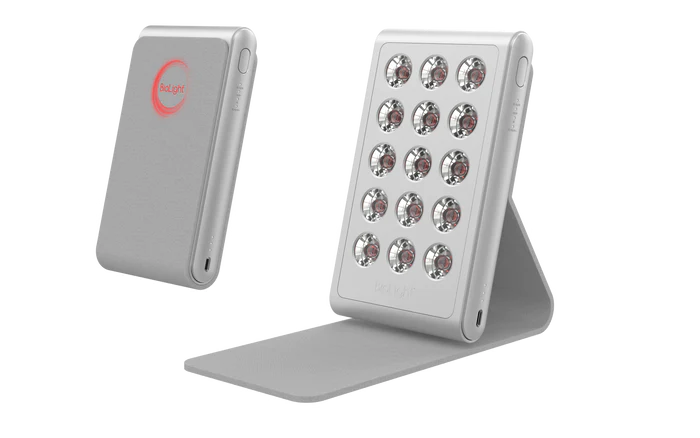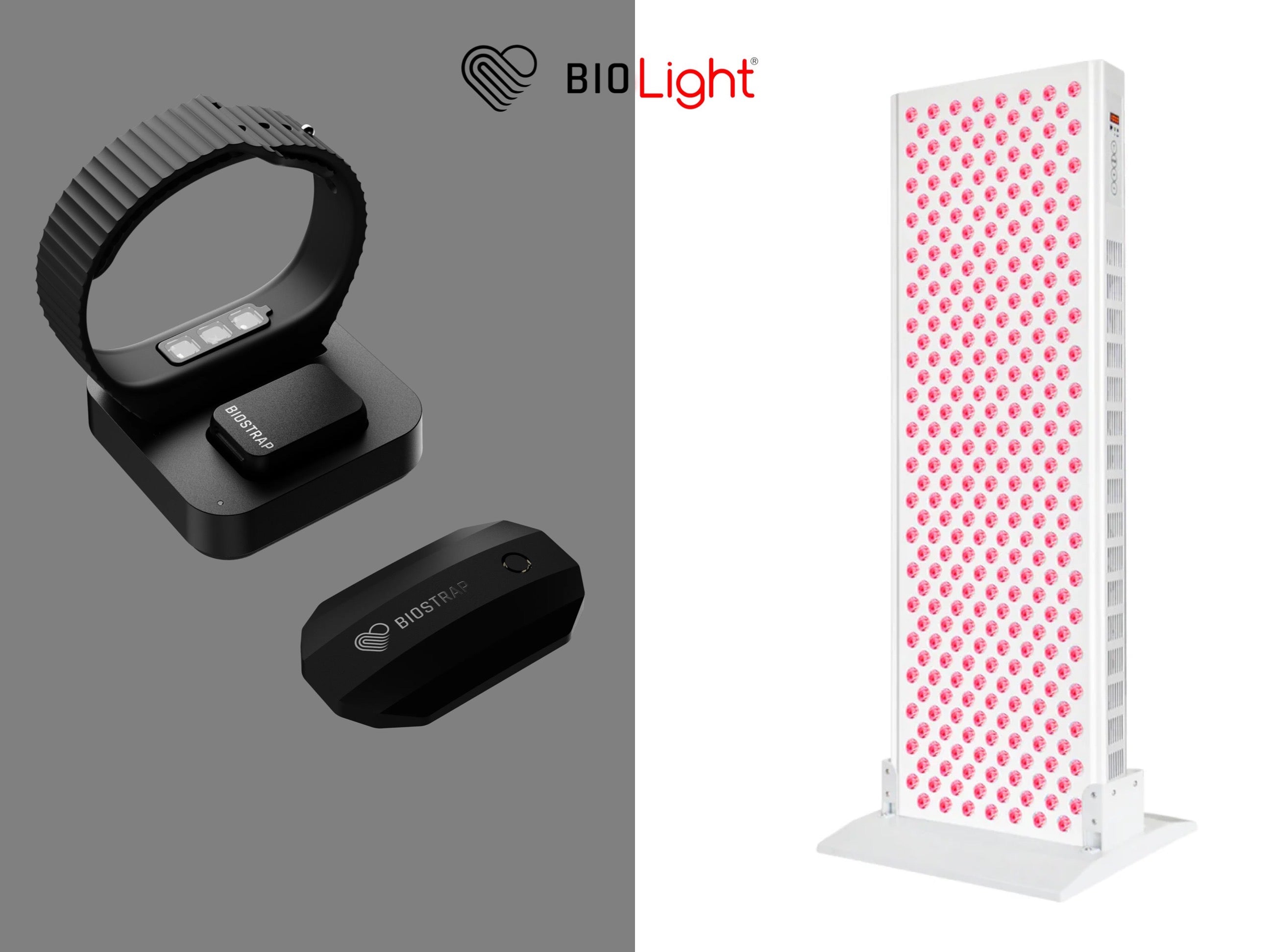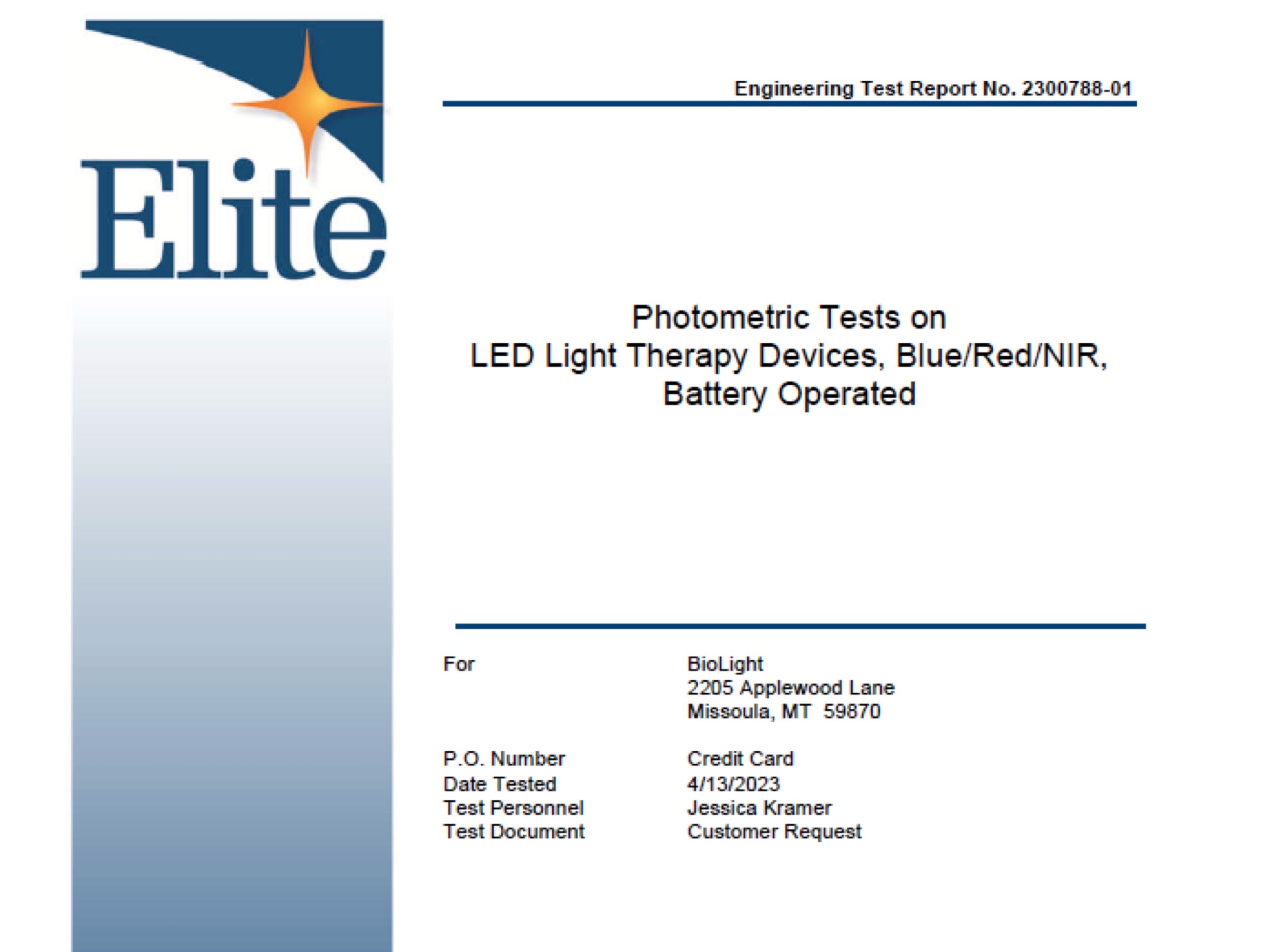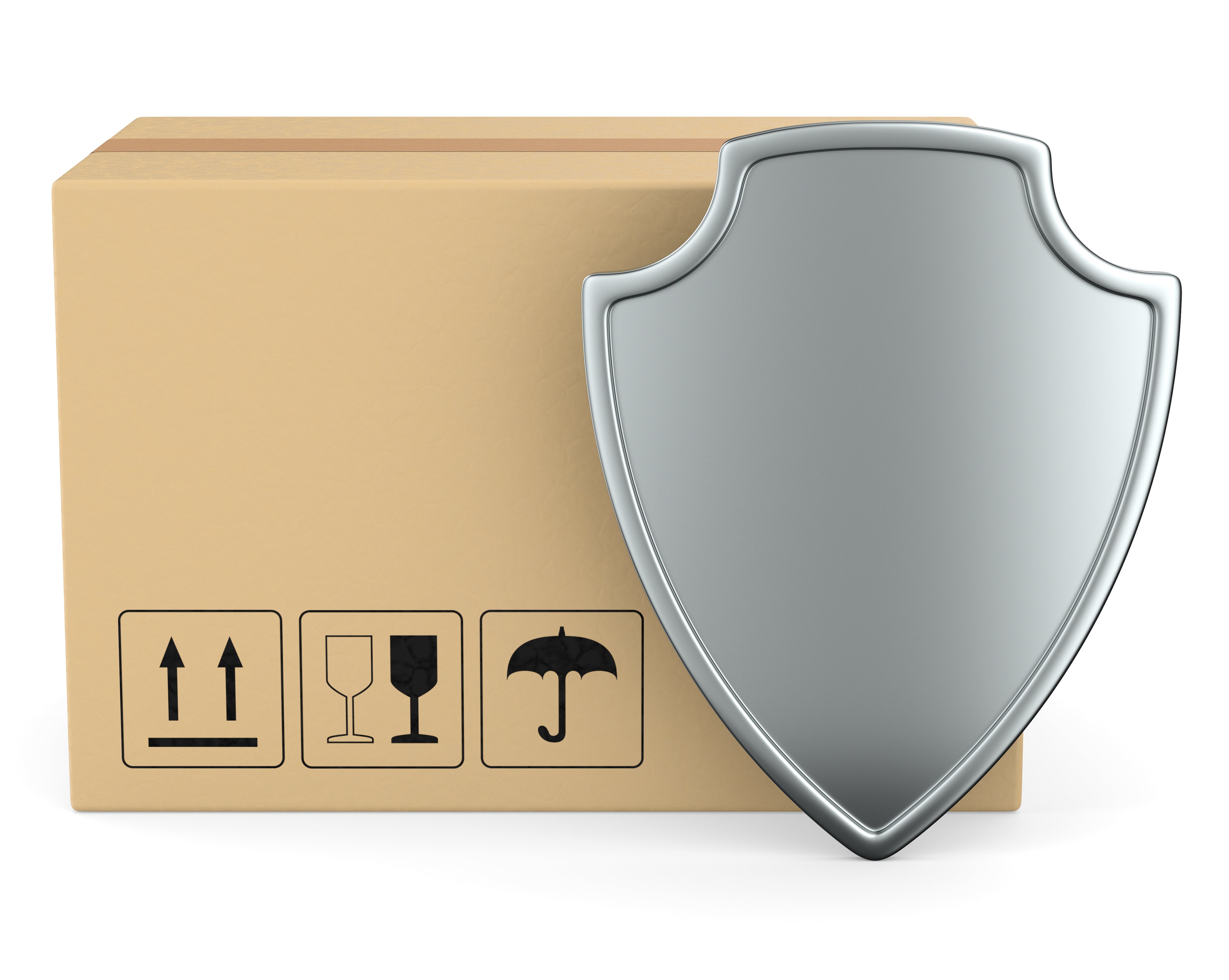Tooth sensitivity is a common dental issue affecting millions of people worldwide. It occurs when the protective enamel on teeth wears down, exposing the underlying dentin, which can react painfully to hot, cold, sweet, or acidic foods and beverages. Traditional methods to reduce tooth sensitivity include using desensitizing toothpaste, fluoride treatments, and dental procedures. However, recent advancements in dental technology have introduced blue light therapy as a potential solution. But does blue light therapy reduce tooth sensitivity? This article explores how blue light therapy works, its benefits, and its effectiveness in managing tooth sensitivity.
Understanding Blue Light Therapy
What is Blue Light Therapy?
Blue light therapy involves using a specific wavelength of light, typically between 400 and 500 nanometers, to target and eliminate harmful bacteria and promote oral health. While it is commonly used for teeth whitening and reducing bacterial load in the mouth, researchers are exploring its potential benefits for reducing tooth sensitivity.
How Does Blue Light Therapy Work?
Blue light therapy works by emitting light that can penetrate the tooth's surface and target the sensitive dentin and nerve endings. This photothermal effect can help:
- Reduce Nerve Sensitivity: The light energy may alter the nerve response in the teeth, decreasing the sensation of pain and discomfort.
- Promote Enamel Remineralization: By encouraging the strengthening of enamel, blue light therapy can help protect the teeth from further sensitivity.
Benefits of Blue Light Therapy for Reducing Tooth Sensitivity
1. Decreases Nerve Sensitivity
One of the potential benefits of blue light therapy is its ability to reduce nerve sensitivity in teeth:
- Alters Nerve Response: Blue light can affect the nerve endings within the teeth, reducing the sensation of pain associated with tooth sensitivity.
- Provides Quick Relief: Patients may experience relief from sensitivity after just a few sessions of blue light therapy, making it an appealing option for those seeking fast results.
2. Promotes Enamel Health
Blue light therapy can help protect and strengthen tooth enamel, which is essential for reducing sensitivity:
- Enhances Remineralization: The therapy can stimulate the remineralization process, helping to rebuild enamel and protect the underlying dentin.
- Prevents Further Damage: By strengthening enamel, blue light therapy can help prevent additional wear and tear that could exacerbate tooth sensitivity.
3. Non-Invasive and Safe
Blue light therapy is a non-invasive treatment option that is safe for most patients:
- No Pain or Discomfort: The procedure is painless and does not involve any surgical intervention, making it a comfortable option for patients.
- Minimal Side Effects: Unlike some chemical treatments that can cause irritation or allergic reactions, blue light therapy is generally well-tolerated and does not cause side effects when used properly.
How to Use Blue Light Therapy for Tooth Sensitivity
Applications in Dental Care
- Professional Dental Treatments: Blue light therapy can be used in dental clinics to provide targeted relief for tooth sensitivity, especially after procedures that may exacerbate sensitivity, such as teeth whitening or deep cleaning.
- At-Home Care: Some high-quality home blue light devices can be used as part of an at-home care routine to reduce sensitivity and promote overall oral health.
- Post-Procedure Relief: After dental procedures that could increase sensitivity, such as fillings or crown placements, blue light therapy can help reduce discomfort and speed up recovery.
Best Practices for Using Blue Light Therapy:
- Consult Your Dentist: Before starting blue light therapy, consult with your dentist to determine if it is suitable for your oral health needs and to receive proper guidance on its application.
- Use Professional-Grade Equipment: Ensure that you use professional-grade blue light devices available at dental clinics or high-quality home devices recommended by your dentist to ensure safety and effectiveness.
- Follow Instructions Carefully: Adhere strictly to the instructions provided by your dental professional or the device manufacturer to avoid overuse and minimize the risk of side effects.
- Combine with Good Oral Hygiene Practices: For optimal results, use blue light therapy in conjunction with regular brushing, flossing, and the use of desensitizing toothpaste to maintain strong enamel and reduce sensitivity.
Potential Risks and Considerations
While blue light therapy is generally safe, there are a few considerations:
- Effectiveness Varies: The effectiveness of blue light therapy for reducing tooth sensitivity can vary depending on the cause and severity of sensitivity. It may not be suitable for all patients.
- Proper Usage is Key: Incorrect application of blue light therapy can lead to ineffective results or irritation. Always follow professional guidance and use the device as directed.
- Not a Standalone Solution: Blue light therapy should be used as part of a comprehensive oral care routine, including regular brushing, flossing, and dental check-ups, to maintain optimal oral health.
Conclusion
Blue light therapy offers a promising solution for reducing tooth sensitivity by decreasing nerve response and promoting enamel health. When used correctly and under the guidance of a dental professional, blue light therapy can be a valuable addition to your oral care routine. However, it should be used as part of a broader approach to managing tooth sensitivity, including traditional methods like using desensitizing toothpaste and maintaining good oral hygiene. Always consult with your dentist to determine if blue light therapy is the right choice for your specific needs.
